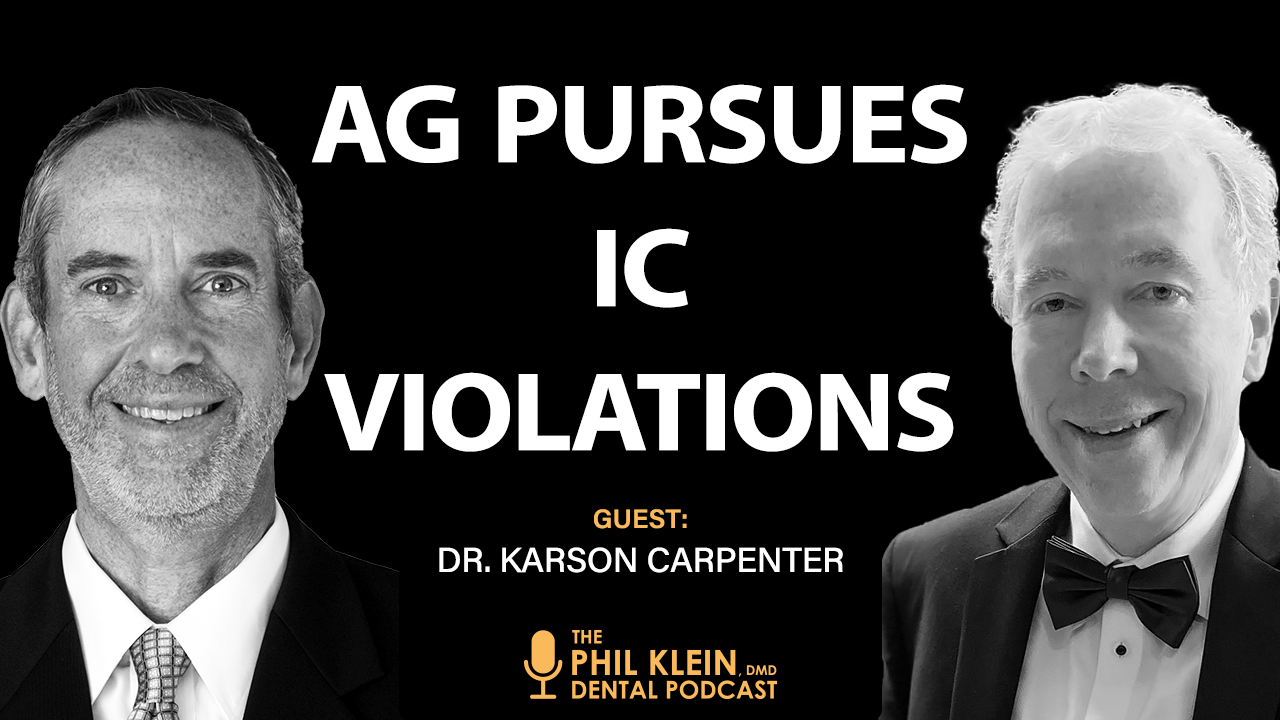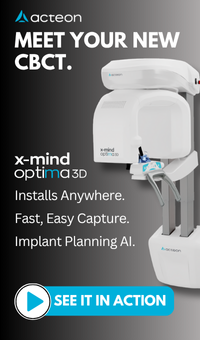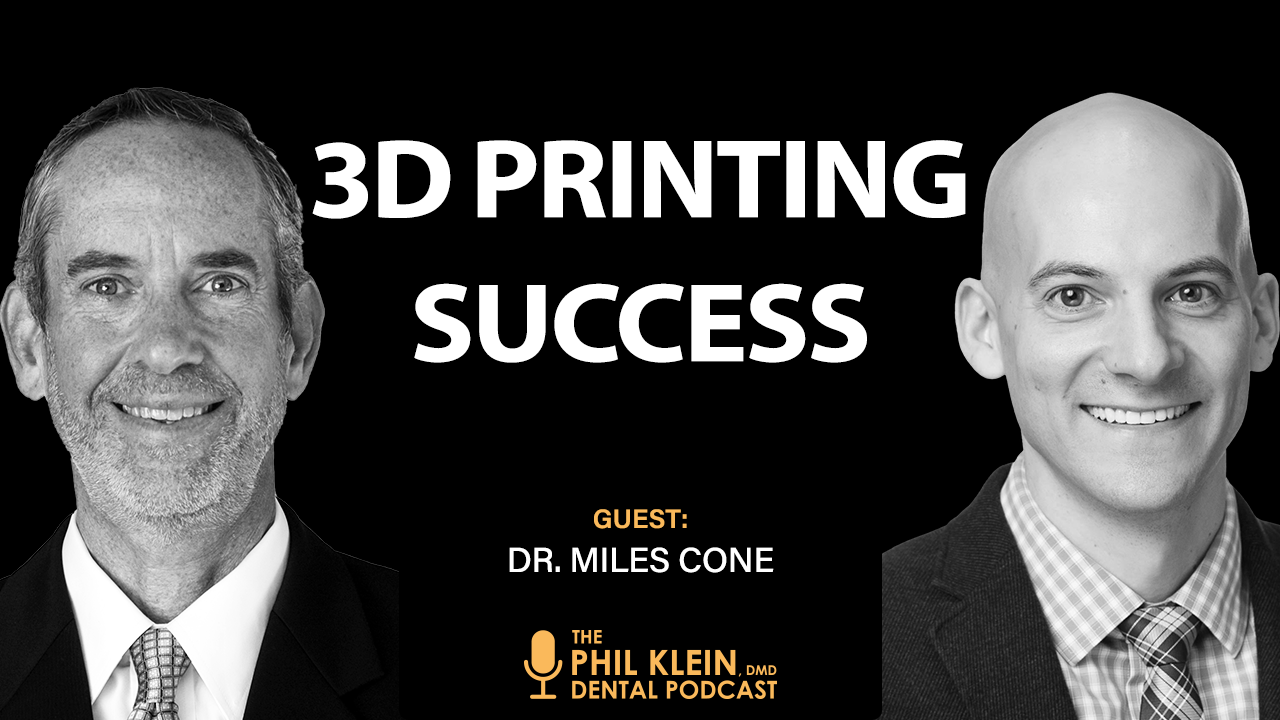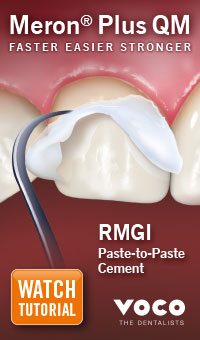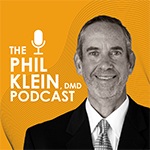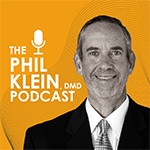Search for Live and On-Demand CE Classes
This webinar will provide a practical, high-yield breakdown of what clinicians should consider when selecting a universal composite - from handling to polish retention to marginal integrity - and how newer materials are helping streamline procedures while elevating results. Whether layering an anterior case or restoring a posterior load-bearing tooth, you'll gain strategies that are grounded in everyday dentistry and adaptable across different case types. ( full description, bio and commercial disclosure )
 |
Presenter: Dr. Gary Radz CE Supporter: Bisco Release Date: 12/17/25 Expiration Date: 12/17/28 CE Credits: 1 CEU (Self-Study) View Full Description » |
 |
Presenter: Dr. Jennifer Derse CE Supporter: Bisco Release Date: 11/19/25 Expiration Date: 11/19/28 CE Credits: 1 CEU (Self-Study) View Full Description » |
 |
Presenter: Dr. Dimple Desai CE Supporter: Bisco Release Date: 10/28/25 Expiration Date: 10/28/28 CE Credits: 1 CEU (Self-Study) View Full Description » |
 |
Presenter: Dr. Sheila Samaddar CE Supporter: Bisco Release Date: 9/16/25 Expiration Date: 9/16/28 CE Credits: 1 CEU (Self-Study) View Full Description » |
 |
Presenter: Dr. John Gammichia CE Supporter: Bisco Release Date: 8/21/25 Expiration Date: 8/21/28 CE Credits: 1 CEU (Self-Study) View Full Description » |
 |
Presenter: Dr. Gary Radz CE Supporter: Bisco Release Date: 7/17/25 Expiration Date: 7/17/28 CE Credits: 1 CEU (Self-Study) View Full Description » |
 |
Presenter: Dr. Scott Coleman CE Supporter: Bisco Release Date: 6/12/25 Expiration Date: 6/12/28 CE Credits: 1 CEU (Self-Study) View Full Description » |
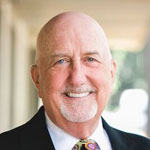 |
Presenter: Dr. Thomas Dudney CE Supporter: Bisco Release Date: 5/15/25 Expiration Date: 5/15/28 CE Credits: 1 CEU (Self-Study) View Full Description » |
 |
Presenter: Timothy Bizga, D.D.S. CE Supporter: Bisco Release Date: 4/10/25 Expiration Date: 4/10/28 CE Credits: 1 CEU (Self-Study) View Full Description » |
 |
Presenter: Dr. Luis Abrahante CE Supporter: Bisco Release Date: 3/18/25 Expiration Date: 3/18/28 CE Credits: 1 CEU (Self-Study) View Full Description » |
Showing 10 most recent (View all Episodes »)
|
Episode 726: The Power of Passion and a Great Mentor: A Young Dentist’s Rise to Fee-for-Service Success View All Episodes from: Bisco Dental Podcast Series |
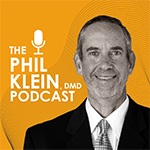 Series: Bisco
CE Credits: 0.5
Series: Bisco
CE Credits: 0.5
Presenter: Dr. Luis Abrahante Release Date: 12/8/25 |
|
Episode 723: Clear Aligners in General Dentistry: Opportunities and Challenges
View All Episodes from: Bisco Dental Podcast Series |
 Series: Bisco
CE Credits: 0.5
Series: Bisco
CE Credits: 0.5
Presenter: Dr. Sheila Samaddar Release Date: 11/24/25 |
|
Episode 683: Deep Preps, No Worries: Pulp Protection Techniques That Deliver View All Episodes from: Bisco Dental Podcast Series |
 Series: Bisco
CE Credits: 0.5
Series: Bisco
CE Credits: 0.5
Presenter: Dr. Scott Coleman Release Date: 7/7/25 |
|
Episode 661: From Liner to Pulpectomy: Pulpal Therapy Options for Primary Teeth View All Episodes from: Bisco Dental Podcast Series |
 Series: Bisco
CE Credits: 0.5
Series: Bisco
CE Credits: 0.5
Presenter: Dr. Carla Cohn Release Date: 4/21/25 |
|
Episode 659: A Young Dentist’s Guide to Growth and Career Fulfillment View All Episodes from: Bisco Dental Podcast Series |
 Series: Bisco
CE Credits: 0.5
Series: Bisco
CE Credits: 0.5
Presenter: Dr. Sara Kuckhoff Release Date: 4/14/25 |
|
Episode 578: Zirconia Cementation: Steps to Simplify Delivery View All Episodes from: Bisco Dental Podcast Series |
 Series: Bisco
CE Credits: 0.25
Series: Bisco
CE Credits: 0.25
Presenter: Dr. Todd Snyder Release Date: 7/1/24 |
|
Episode 569: Zirconia Crowns vs Lithium Disilicate Crowns: Clinical Applications and Delivery Methods View All Episodes from: Bisco Dental Podcast Series |
 Series: Bisco
CE Credits: 0.25
Series: Bisco
CE Credits: 0.25
Presenter: Dr. Todd Snyder Release Date: 6/3/24 |
|
Episode 563: Ceramic Veneers: Steps to Simplify Delivery View All Episodes from: Bisco Dental Podcast Series |
 Series: Bisco
CE Credits: 0.25
Series: Bisco
CE Credits: 0.25
Presenter: Dr. Todd Snyder Release Date: 5/13/24 |
|
Episode 559: Unlocking Adhesive Excellence in Zirconia Bonding View All Episodes from: Bisco Dental Podcast Series |
 Series: Bisco
CE Credits: 0.25
Series: Bisco
CE Credits: 0.25
Presenter: Dr. Alex Vasserman Release Date: 4/29/24 |
|
Episode 553: The Latest on Materials and Bonding Protocols for Indirect Dentistry View All Episodes from: Bisco Dental Podcast Series |
 Series: Bisco
CE Credits: 0.25
Series: Bisco
CE Credits: 0.25
Presenter: Dr. Alex Vasserman Release Date: 4/8/24 |








